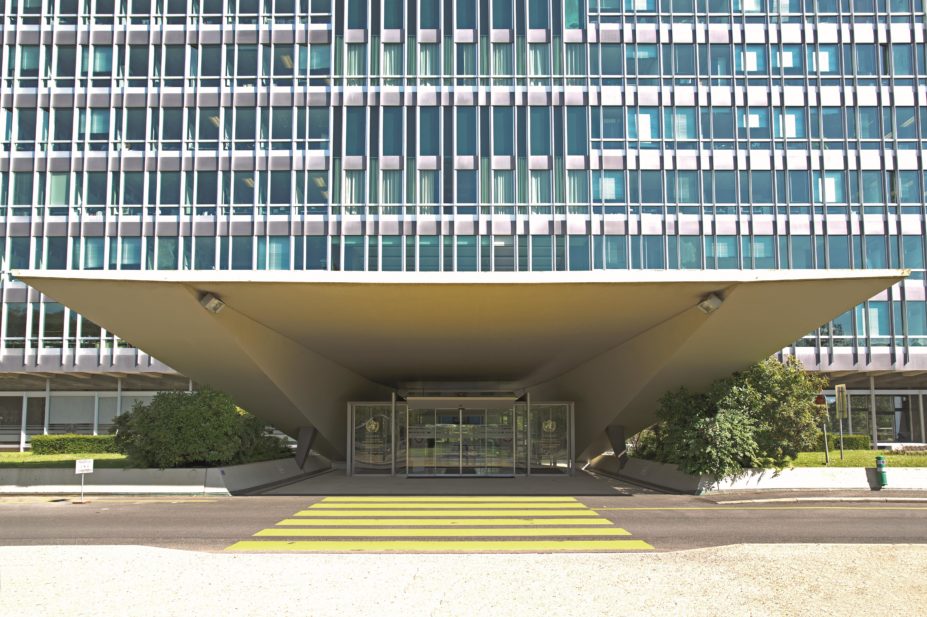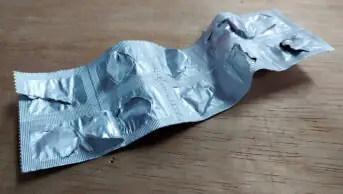
Martin Good / Shutterstock.com
The World Health Organization (WHO) announced on 17 June 2016 that it has successfully delivered tonnes of medical aid into two besieged areas in Syria.
The announcement comes after months of stalling tactics by authorities and security staff removing medical supplies from approved convoys, despite repeated calls for unhindered humanitarian access by the United Nations (UN).
Ala Alwan, the WHO regional director for the Eastern Mediterranean, also says the WHO has also provided medical care for 70,000 displaced people fleeing from the besieged Iraqi city of Fallujah, half of which were children.
Alwan, a former health minister of Iraq, says the WHO was “very concerned” that many of the children had not been vaccinated for two years and were at risk of outbreaks of preventable diseases.
The WHO was preparing for a massive vaccination campaign for children up to 15 years of age against polio and measles.
In collaboration with other UN agencies, the WHO is also making aid contingency plans for up to 2 million additional internally displaced people (in addition to the 3 million at present in Iraq) if military operations take place to try to retake the city of Mosul, currently held by the Islamic State group.
Tarik Jasarevic, a spokesperson for the WHO, told reporters that the agency delivered more than three tonnes of lifesaving treatments to Afrin in rural Aleppo on 16 June 2016, as part of a UN/Syrian Arab Red Crescent (SARC) inter-agency convoy.
“Supplies included medicines for emergency care, emergency health kits, burn kits, as well as for [treatments for] non-communicable diseases, such as diabetes and high blood pressure. Antibiotics, pain medications, dialysis sessions, and medical instruments and equipment for use in small clinics and hospitals, were also included.”
The agency also sent supplies of insulin to the besieged Al Waer area in Homs with the first leg of the convoy on 16 June 2016 , and noted the second leg planned for the coming days should deliver a larger part of medical supplies, Jasarevic noted.


